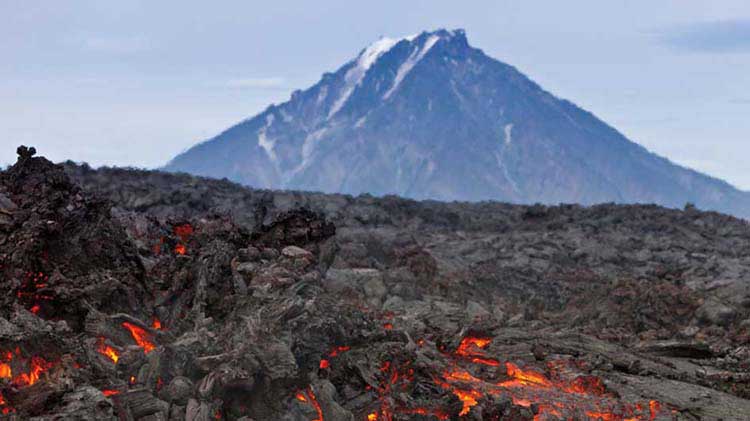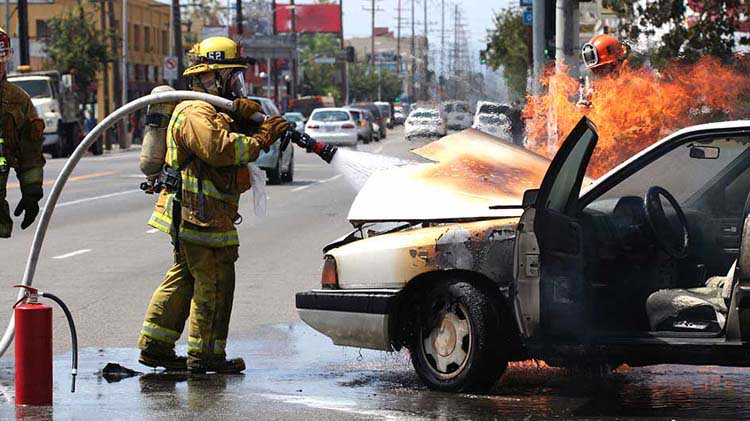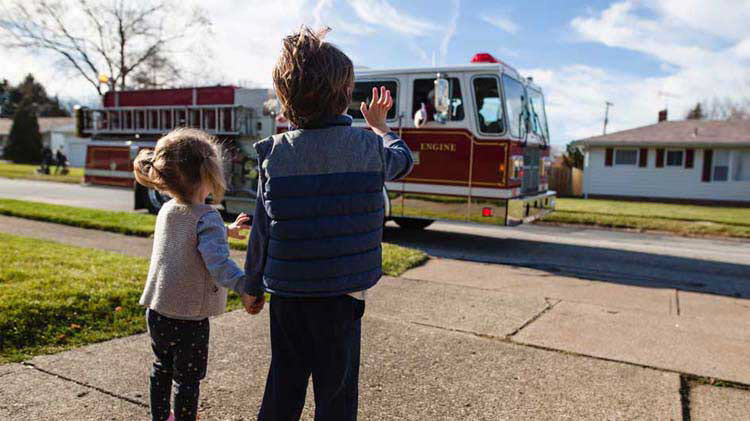Volcano safety tips
If you live within 20 miles of a volcano, you'll want to know how your family can prepare and respond to an eruption.
Assess your volcano risk
About 161 volcanoes are active in the United States and territories. Alaska, Hawaii, California, Washington and Oregon have the highest number of active volcanoes. Learn about eruption risks in your area by visiting the United States Geological Survey (USGS) Volcano Hazards Program, which posts up-to-date information about volcanic activity, including a color-coded risk assessment system for individual volcanoes.
How can you prepare for a volcanic eruption?
Good volcano safety planning begins before an eruption actually occurs. Help prepare your family by creating a disaster preparedness plan that includes a disaster survival kit and an evacuation plan. Airborne and accumulated ash is a major volcano hazard, so be sure to include goggles and disposable breathing masks in your disaster kit. Also, the hot gases and debris from an eruption can increase the risk of fire, so it's especially important to install and maintain smoke alarms and fire extinguishers in homes within the 20-mile danger zone. Help keep you and your family safe from a volcano eruption. Talk to children and elderly about volcanoes so that everyone knows what to do during a volcanic eruption. Discussing ahead of time helps reduce fear and can save the life of a family member or pet. Check out more ways how you can prepare for a volcanic eruption.
Clear the volcanic danger zone
The first thing to do during an eruption is tune in to up-to-the-minute information on a battery-powered radio. Volcanoes can produce a number of quickly moving hazards including flying debris, hot gases, lava and mudslides. If authorities issue an evacuation order, collect your family and your disaster kit and leave the area immediately.
During an evacuation, try to avoid valleys and low-lying areas where flowing hazards, such as mudslides, might converge and accumulate. If there is ash buildup on the roadway, keep your speed below 35 miles per hour to avoid slipping.
Protect against volcano ash
Airborne and accumulated ash can significantly impact places as far as 100 miles from an eruption. Whenever ash is present, breathe through your emergency mask or hold a damp cloth over your nose and mouth. Protect your eyes with goggles. It's also a good idea to wear long pants and a long-sleeved shirt because ash may be hot or otherwise irritate the skin.
If your home lies within an ash fallout zone, take steps to keep as much ash as possible from entering the building. This includes closing and/or blocking all exterior windows, doors, chimneys and vents. Place towels under the door and in other gaps. As an added precaution, you may want to cover interior items such as furniture, appliances and sensitive electronic equipment. Cover exterior and garaged vehicles as well.
Keep in mind that volcanic ash is much more destructive than ordinary dust. Even fine ash can have a jagged structure that will scratch glass, metal and other materials. To remove dust from exterior home surfaces, use free-flowing water from a hose. Interior ash should be removed with a vacuum cleaner. For more information about volcanic ash removal, visit the USGS.
Volcano damage and insurance
Examine your homeowners policy to make sure you have property coverage for the damages related to a volcano. Creating a home inventory for the items in your home can be helpful in the event of damage or loss during a volcano eruption. Learn more about volcano damage and insurance coverage or contact an insurance agent for more information.




